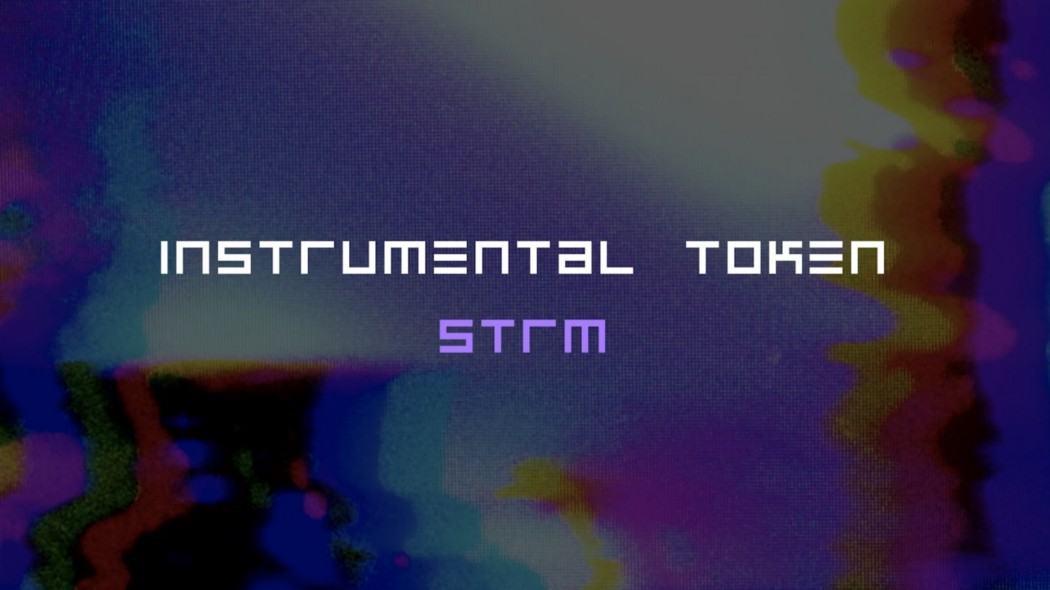COVID-19 has certainly changed the usual top-of-mind considerations for event planners. Instead of buffet tables and banquette seating, it’s social distancing circles and hand sanitizer.
And yes, event safety is the most important thing to consider during the pandemic. But even with social distancing and face masks, safe in-person events can still be fun.
COVID-19 Restrictions
Work closely with a venue
Public guerilla events can be a fun option for COVID-era gatherings, but many creators have found that working with a venue helps everyone feel safer.
Quite simply, it’s easier to abide by the rules this way. Your hometown venue is likely in close contact with local government officials, so they have up-to-the-minute information on policies and regulation changes.
Asheville, NC, music venue The Grey Eagle held multiple meetings with local officials before hosting their first drive-in concert. Their continued involvement with local government means they can make quick adjustments to events as local guidelines change. “It’s not about getting away with what you can,” says Jeff Whitworth, the talent buyer of The Grey Eagle. “It’s about doing what you’re able, within the safety parameters that are offered to you by your local government.”
And when you work closely with a venue, you can be confident about their safety procedures and enforcement of the guidelines. Vivian Chaves, Eventbrite’s community director who also produces events outside of work, recently hosted a socially distanced burlesque-inspired dance performance at Armistice Brewing Company in Richmond, CA. Their kind and confident staff made all the difference in keeping people safe. “By working with a venue as opposed to a guerrilla parking lot show, it gave us more infrastructure so we knew how to handle things,” Chaves says. “It helped us sleep at night, knowing what the guidelines are and knowing how to work within them.”

Make your floor plan comfortable
You can still craft a pleasant seating situation while enforcing social distancing. ServedUp, a socially distanced, live outdoor event series in New York, created a custom floor plan that was completely touchless at every aspect. Each party receives its own social distancing circle, including furniture they can move around in that space. The experience becomes a bit more interactive. Every guest makes the event their own, while enjoying the experience together.
Chris Chan, an event planner at 3CStrategies in Washington, DC, suggests that event creators add extra levels of comfort and indulgence to their event. This keeps guests’ minds off of regulated changes that may mentally pull them out of the experience. “Think lounge furniture for seating instead of banquet chairs, and additional screens so people can see any program while in their seats,” he says.
And at the Grey Eagle, patio show guests receive an overview of how to safely manoeuvre inside the space when they arrive. The venue uses one-way traffic, clearly marked with signage and ropes, with personnel around to help. “Oversimplifying is key,” says Whitworth. “The more answers you can provide off the bat, the better, because everyone has a million questions right now.”
Make pods feel communal
Whether you’re using bubble tents or hosting a drive-in event, helping guests feel included while inside isolated pods is key.
Brilliant Consulting recently produced Los Angeles-based Endeavor Content’s The Drive In, a private in-car film screening concurrent with the Toronto International Film Festival. Every attendee received a gift box of branded snacks, hand sanitizers, themed merchandise, and more, slipped through their car windows at the entrance by gloved staff. These add-ons turned each vehicle into a mini luxury event space of its own.
Guests can also stay connected with extra technology. Consider adding webcams and screens to bubble tents so guests can feel like they’re all together. Relying heavily on hashtags and in-the-moment social media suggestions can make the experience more connective, as well.
See occupancy guidelines a different way
Instead of trying to fill up your event space to fit as many ticket-holders as possible while following local guidelines, think about making your space as comfortable as possible for your attendees. This way, you can make social distancing measures feel effortless, instead of making guests feel regimented into a strict movement pattern around the venue.
“For our event, it was not about the maximum amount of people, it was the maximum number of tables we could have while socially distancing,” says Chaves. Guests felt at ease at their tables, as well as when they put their masks on to go to the outdoor beer or merch table.
The moral of the story? For more comfortable socially distanced events, consider smaller ones — no matter the capacity regulations in your area.

Offer timely merchandise
The novelty of the current event space presents a great opportunity for merchandise attendees are excited to purchase. Look into sourcing branded face masks, custom hand sanitizer, and other themed merch to back the unique experience. For instance, the concert t-shirt for NJ punk band The Bouncing Souls’ virtual show at Studio 4 features a skeleton wearing a facemask. Cheesy? Maybe. But it’s topical, fun, and automatically limited edition in its novelty.
Burlesque shows often feature one-of-a-kind handmade merchandise, which easily carried over to Chaves’ outdoor event in October. One of the performers made custom Halloween-themed face masks, and Chaves sourced an extra fancy hand sanitizer that attendees could buy to elevate their experience. “It was sort of a new way to activate the merch table,” she says. “It’s an additional revenue stream, and a fun way to help people who did forget [safety items].”
Jess Doren of ServedUp used the opportunity to partner with a woman-owned, plant-based hand soap company called Green Goo. They donated two-ounce hand sanitizers to all ServedUp attendees, so no one had to touch a basic communal hand sanitizer bottle. “Not only did we have all of these safety checks in place, but every single person that walked through the door got their own individual hand sanitizer,” she says. “At any time, they were also able to keep their hands clean.”
Incorporate a virtual aspect
Adding live streaming to your in-person event is a relatively low-cost way to add extra ticket sales and more interaction with your event, no matter how small it needs to be for safety. Chaves added an online livestream to her event tickets, improving her reach with attendees across the country. “If they couldn’t come, weren’t comfortable with in-person events, or were far away and wanted to support us, they could join,” she says.
There’s no need for extra fancy equipment to livestream your show. We’ve got tons of tips on getting the most out of your existing hardware from experts who are doing it here.
Look into contact tracing
Finding out an attendee had COVID-19 can be difficult for any event planner. Unfortunately, it happened to Chaves.
A ticket holder reached out after the event to let Chaves know that she was diagnosed, and likely had been contagious at the time of the event. “[As an event planner,] it was pretty much the full pandemic experience,” she recalls.
Luckily, Chaves had done everything right. There were only 26 people in the audience, it was outdoors, and every safety measure was taken, from constant mask-wearing to adequate social distancing. Many of the people in attendance were connected with performers or friends of the venue, so she could easily be in touch with the ones sitting near the diagnosed individual.
And while this is a great case for hosting smaller events, reaching out personally to every attendee isn’t a sustainable practice. That’s why Chaves suggests implementing something like Safepass by the Citizen app, or your local contact tracing options. “At the very least, by using Eventbrite and making everyone register, you can email everyone to let them know if there is a case, and send out your community’s recommended guidelines,” she says.
Because of their above and beyond safety measures, no one else from the event was diagnosed with COVID-19. “It felt terrifying when we thought it went poorly, but it felt so good to know the things that we did mattered, that they made a difference,” says Chaves. “It’s not that we can’t gather, or we can only gather when COVID is gone. There are ways to do it that are safe right now.”
Be flexible
Being flexible is imperative to running a COVID-safe event. That flexibility shouldn’t be with safety measures, but rather with your own policies and expectations of the event.
It’s a cliche by now, but we truly are in unprecedented times. Everyone is doing their best, and that might interfere with your plans. Local guidelines might change last minute. Performers might drop out due to illness in their family, or a close friend who tested positive. Attendees might not approve of your attempts at safety, or might not want to comply with them at all. Knowing these situations will come up and being understanding with everyone involved will keep your event a safe, positive experience.
The Grey Eagle has a “no refunds” policy, but they’ve been extra flexible with their performers and attendees. If someone has an issue or doesn’t feel safe for any reason whatsoever, “a lot of times, the easiest conflict resolution is to give them a refund,” says Whitworth.
He believes that working with local guidelines and attendees alike is the way event producers can survive the pandemic. “Whether it be next year when things are back to normal, or in 20 years when we’re talking about legacies,” he says, “The people who are playing by the rules and doing it right, it will be remembered.”
For more resources on staging in-person events during the pandemic, consult Eventbrite’s COVID-19 Safety Playbook for Events.





